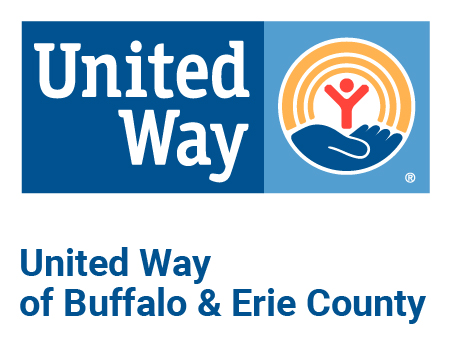
Day 8: opportunity and segregation in western new york
Even before the COVID-19 pandemic, nearly 27% of Erie County households were already one emergency away from a financial crisis, setting the stage for the unprecedented economic impact of the pandemic. This is according to the latest ALICE Report, from United Way of Buffalo & Erie County. In 2018, over 103,000 of Erie County’s 390,000 households were ALICE or Asset Limited, Income Constrained & Employed. ALICE households have an income above the federal poverty level, but are still struggling to afford basic household necessities like housing, child care, food, transportation, and technology. This is in addition to the 52,000 households living in poverty in Erie County. The report also demonstrates disparities between race and ethnicity and the likelihood of being classified as ALICE. The report reveals that the majority of households of color in WNY are ALICE compared to only 36% of white households.
When you hear the word segregation, what do you think of? Many of us think back to the Civil Rights Movement. Yet, American cities continue to be highly segregated even today. According to a report developed by Partnership for the Public Good, “The [Buffalo metro area] itself is ranked sixth most segregated in the nation on the white-black index, and twenty-first most segregated on the white-Hispanic index. White people are overrepresented in the suburbs, while people of color are overrepresented within the city of Buffalo.”
Present-day racism was built on a long history of racially distributed resources and ideas that shape our view of ourselves and others. It is a hierarchical system that comes with a broad range of policies and institutions that keep it in place. Policies shaped by institutional racism that enforce segregation include redlining, predatory lending, the exclusion of black veterans from the G.I. bill, and the forced segregation of neighborhoods by the Federal Housing Authority. To learn more about how federal, state and local governments segregated every major metropolitan area in America through law and policy, watch this short video “Segregated By Design”.
TODAY'S CHALLENGE:
- Increase your understanding of how racism is reinforced by policies and systems by reading this article by Anne Branigin published in The Root, “Black Communities Are on the 'Frontline' of the COVID-19 Pandemic. Here's Why.” (14 minutes)
- Why are cities still so segregated? Watch this video where NPR’s Code Switch looks at the factors contributing to modern-day segregation. (7 minutes)
- Watch this WIVB Channel 4 story “A legacy of racism: How past practices affect segregation in Buffalo today”
